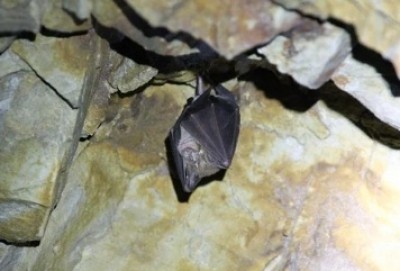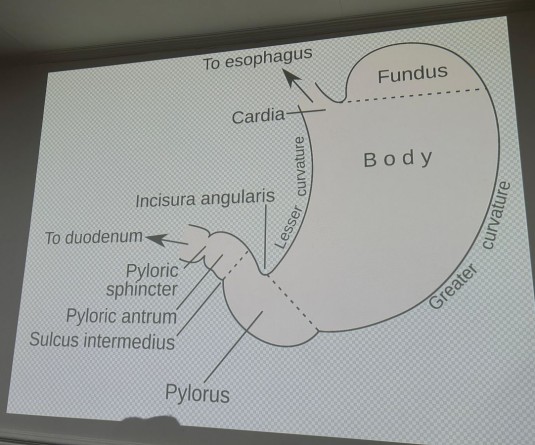IANS Photo

London, June 28 (IANS): A team of researchers have discovered coronaviruses that can spread to humans from bats in the UK, an advance that stresses the need for conducting regular genetic surveys of the viruses.
The team led by Imperial College London and University College London screened faecal samples from 16 UK bats species for coronaviruses.
Their results, published in the journal Nature Communications, reported circulation of four species of coronaviruses, including two novel ones, among the 16 species sampled.
The team identified two species of alpha coronaviruses, one Middle East Respiratory Syndrome (MERS)-related coronavirus, and one sarbecovirus. The SARS-CoV-2 virus, which causes Covid-19, is also a sarbecovirus.
However, none are currently capable of infecting humans.
Regular surveillance of viruses in wildlife and more widely is a public health issue.
Bats are a protected species in the UK, so working with conservation organisations is crucial to this effort, the researchers said.
“In many parts of the world, we have decent surveillance of the pathogens circulating in humans and domestic animals but not so much in wildlife,” said co-author Professor Francois Balloux, Director of the UCL Genetics Institute.
"Increased surveillance should improve public health preparedness and food security, and also be beneficial for biodiversity conservation," Balloux added.
The researchers studied the possibility of the viruses ‘spilling over’ and infecting humans. To do so, they created ‘pseudoviruses’, which carry whichever protein the virus uses to bind to host cells, but cannot replicate.
While none of the viruses were currently able to infect human cells, one of the sarbecoviruses found in a sample from the lesser horseshoe bat was able to bind to ACE2, the receptor the SARS-CoV-2 virus uses to enter human cells.
This sarbecovirus could only enter human cells in a lab when there was an overabundance of ACE2, suggesting it would need further adaptations if it were to infect humans.
Viruses are more likely to spill over from wild animals when they are brought in closer contact with humans.
Habitat losses and land-use changes across the world are linked with an increased probability of zoonotic crossover.
Maintaining bat conservation efforts and minimising habitat destruction could therefore help prevent zoonotic spillover, alongside a monitoring programme that regularly screens for potential pathogens.





